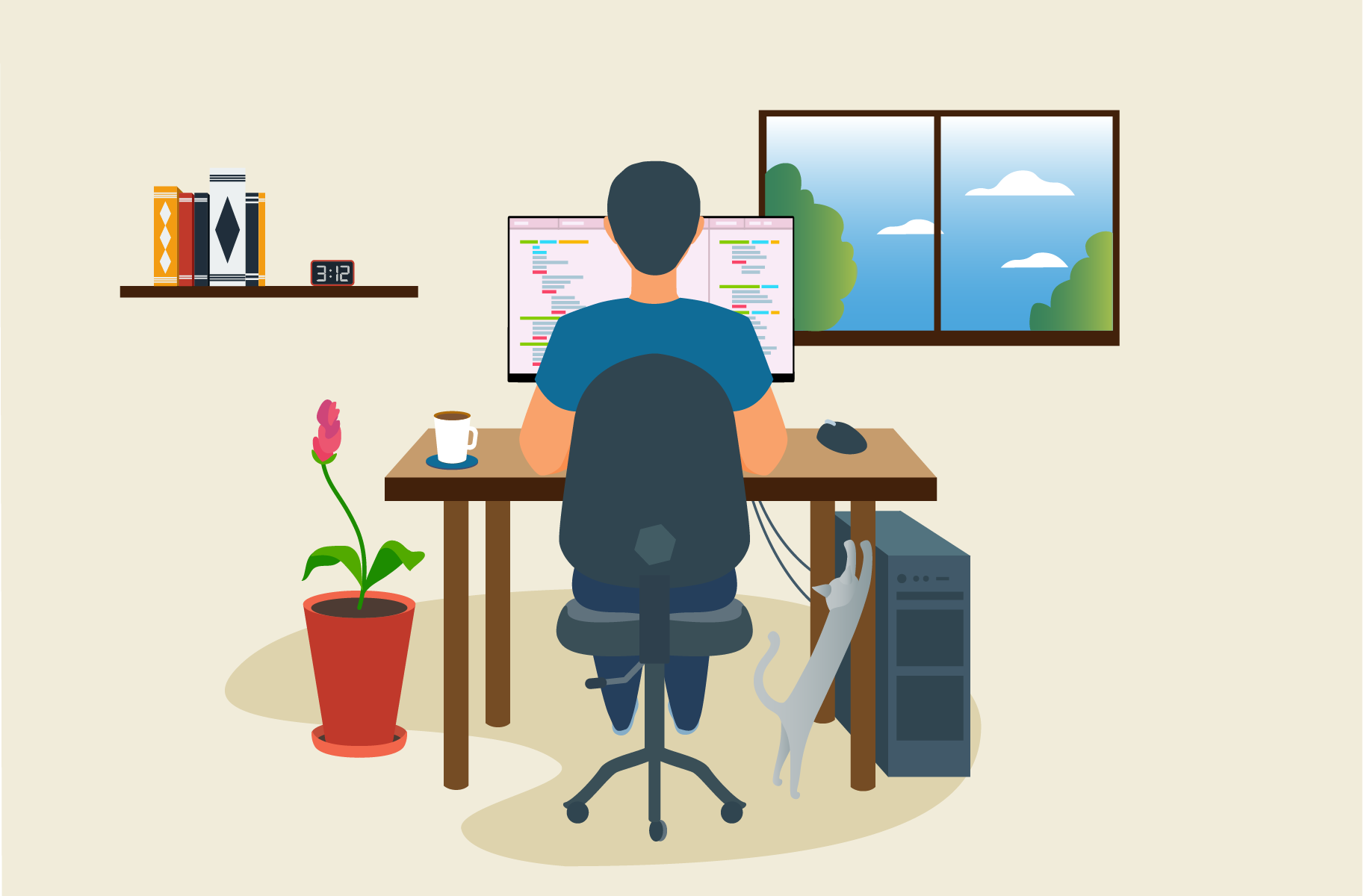JAKARTA, odishanewsinsight.com – Telecommuting: Redefining the Workplace Through Remote Work and Digital Collaboration isn’t just a fancy buzzword anymore. Trust me, I’ve been at this remote work game since before it was cool. I know how weird it feels the first time you swap your noisy office for a kitchen table, but wow – what a ride!
Telecommuting has undergone a remarkable evolution, transforming from a niche perk into a mainstream way of working that empowers professionals across industries. By eliminating the daily commute and embracing digital collaboration tools, telecommuting reshapes productivity, work–life balance, and team dynamics. In this article, I’ll share how adopting a remote-first mindset redefined my daily routine, the essential practices that keep me connected and efficient, and why Telecommuting continues to gain traction among forward-thinking organizations.
A Personal Journey to Remote Work

When I first transitioned to telecommuting, the biggest shift wasn’t the absence of a commute but the freedom to focus on results over rigid hours. Without the pressure to “clock in” at a fixed time, I began structuring my day around deliverables. Mornings often start with a brief scan of my team’s asynchronous updates on Slack, followed by a stretch of deep work on my laptop—free from office chatter or unexpected interruptions. By the afternoon, I reconnect for a quick video stand-up, ensuring everyone stays aligned before carving out another block for focused tasks.
Designing a dedicated home office proved pivotal. Converting a spare corner into a workspace with an ergonomic chair, dual monitors, and sound-dampening panels helped me mentally separate “work” from “home.” This boundary not only sharpened my concentration but also served as a visual cue to start and end each workday. When I shut down my computer and step away from the desk, I leave work behind—something I never managed during my years of office life.
Tools and Practices That Make It Work
Telecommuting thrives on cloud-based platforms and collaborative apps. For document co-editing, I rely on Google Drive’s real-time updates and version history, which eliminates the confusion of email attachments. Team conversations flow smoothly through Slack channels, where we distinguish quick questions from formal announcements. Task management sits in Trello, where Kanban boards track project progress and automated reminders keep deadlines on everyone’s radar. When it’s time to meet face-to-face—virtually speaking—Zoom and Google Meet provide breakout rooms, whiteboarding, and live polling, ensuring our brainstorming sessions retain the spontaneity of an in-person huddle.
To guard against distractions, I use productivity tools like Forest’s Pomodoro timer to enforce focused intervals, and Toggl Track to understand how my time is spent. For security, a company-mandated VPN and multi-factor authentication ensure that sensitive data remains protected, whether I’m on a home network or a café’s Wi-Fi.
The Benefits I’ve Experienced
The advantages of telecommuting extend well beyond saving on commute costs. Flexibility allows me to work during my personal peak hours—sometimes early mornings, sometimes late evenings—without sacrificing collaboration. This autonomy has boosted my overall productivity, as I can dive into deep work when I’m most alert. On a personal level, eliminating a 90-minute daily commute has freed up time for exercise, family, and hobbies, substantially improving my work–life balance and mental well-being.
From an organizational standpoint, remote work expands the talent pool, enabling companies to hire skilled professionals regardless of geography. It also reduces carbon emissions, as fewer cars on the road translate into a greener footprint.
Overcoming Common Challenges
Despite its perks, telecommuting introduces new hurdles. Loneliness can creep in when days go by without a hallway chat. To combat this, I schedule virtual coffee breaks and, when feasible, occasional in-person meetups. Avoiding communication overload requires clear guidelines: we reserve email for formal updates, Slack for quick back-and-forth, and designate “quiet hours” when notifications are muted. Distractions at home—pet antics, household chores—are managed by noise-cancelling headphones and setting firm boundaries with family members. Finally, keeping work and personal life distinct hinges on rituals: shutting down my computer and switching off notifications signals the end of my workday.
Looking Ahead: The Future of Telecommuting
The trajectory of telecommuting points toward hybrid models that blend office collaboration with remote flexibility. I anticipate virtual “watercooler” platforms powered by AI to spark spontaneous conversations, as well as immersive VR and AR environments that recreate the sense of presence in meetings. Performance metrics will continue shifting toward outcomes rather than hours logged, and companies will invest more deeply in digital well-being initiatives—automated reminders to take breaks and mindfulness apps to support mental health.
Conclusion
Telecommuting represents more than just the freedom to work from anywhere; it’s a fundamental shift in how we define productivity, collaboration, and workplace culture. By adopting the right tools, establishing healthy routines, and fostering transparent communication, everyday pros can thrive in a remote environment. Embrace Telecommuting today and discover how redefining the workplace can unlock greater productivity, satisfaction, and harmony between work and life.
“Boost Your Competence: Uncover Our Insights on Technology
Spotlight Article: “Cryptocurrency Mining: The Computational Engine Securing and Creating Digital Assets!”

